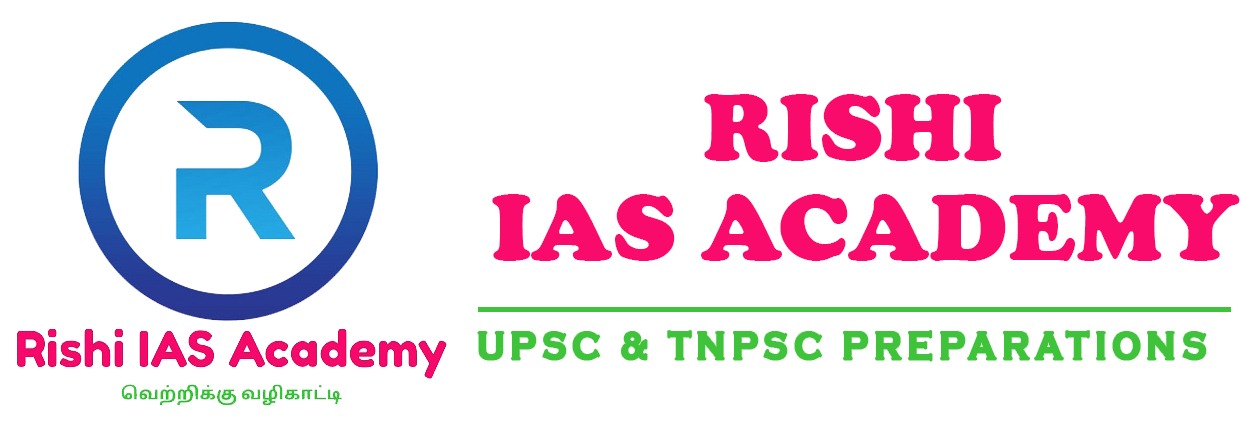- In its new avatar, was launched by Chief Minister Edappadi K. Palaniswami at Manimangalam village in Kancheepuram district on March 13.
- The scheme envisages the rejuvenation of 1,519 out of 16,098 Public Works Department tanks in 30 districts.
- Work on deepening tanks, strengthening bunds, desilting supply channels and repairing sluices is entrusted to farmers under a participatory arrangement.
This is how the scheme works:
- The beneficiaries have to contribute 10 per cent of the allocation and execute the work using heavy machines wherever required.
- They are also free to engage contractors. PWD officials supervise the work on a daily basis, besides providing technical guidance. The objective is to restore full storage level in tanks and strengthen bunds.
- The Chief Minister has announced that the scheme will be extended to more tanks in the coming years with assistance from the National Bank For Agriculture And Rural Development (NABARD).
Historical context
- In Tamil, the word “Kudi” means people and “maramathu” means repairing or construction. Kudimaramathu is a centuries-old system of collective repair of water bodies, which discontinued in the colonial era. It has been restarted by the Tamil Nadu government.
- In this scheme, the Tamil Nadu government aims to restore the water bodies of Tamil Nadu such as dams, lakes, and reservoirs, with the help of local farmers.
- The scheme is very crucial for Tamil Nadu as it has been facing unprecedented drought over 100 years.
- Participatory management of water bodies is a centuries-old concept in which the farming community was physically involved in repair and maintenance of tanks and supply channels constructed by rulers.
- Usually, one person from a farmer’s family was deputed for the work during summer. In some places, a farmer was allocated a piece of land for repair, in proportion to his land holding. Traditionally, the community was taught and equipped to take care of and manage its own natural resources sustainably.
- Problems began with the involvement of government in water resource management. The Madras Village Panchayat Act of 1920 specified collection of a fee for kudimaramathu work from farmers.
- Though the Madras Local Board Act of 1930 provided for activities associated with agriculture like kudimaramathu and keeping a watch over crops (kaaval), the provisions could not be implemented by village panchayats as the government was not willing to offer financial powers or transfer control over natural resources to them.
- The transfer of maintenance of tanks to the Chief Engineer (Irrigation) of PWD in 1949 further diluted kudimaramathu for the simple reason that the government could not force farmers to abide by its orders.
